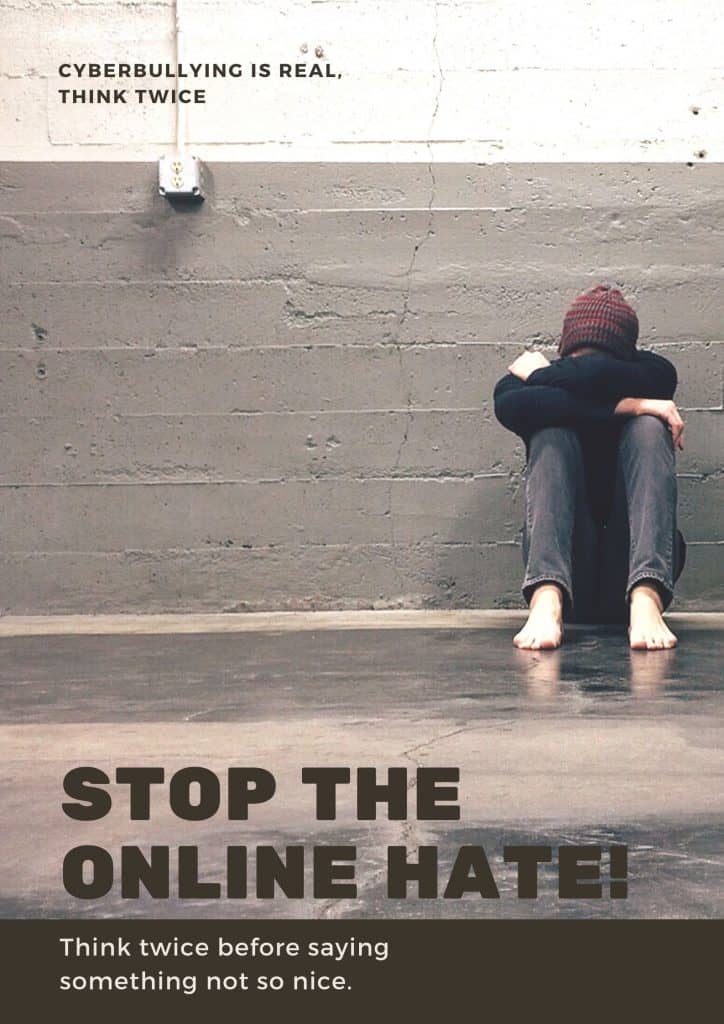According to the eSafety Commissioner of the Australian Government, 1 in 5 young Australians reported being a victim of cyberbullying in a study conducted in 2017. 1 in 5 also admitted to committing some form of cyberbullying against their peers. Of the respondents, 55% sought assistance from parents, 28% from peers, and 38% blocked the account of the person targeting them. Only 12% reported the behaviour to the social media platform it occurred on.
Examples of cyberbullying
- Creating fake social media accounts to slander someone.
- Sending threatening or abusive messages or texts.
- Spreading images intended to humiliate someone.
- Spreading gossip online.
- Excluding others, such as from group chats.
As we spend more time doing our daily activities online, it becomes increasingly important to address the issue of cyberbullying.
While having access to the internet helps us all stay connected, reliance on the internet can exacerbate issues of cyber-harrassment.
If you are concerned your child may be the victim of online bullying, there are a few signs to look out for:
- Secretive behaviour around their social media accounts; not wanting others to see their messages or texts.
- Seeming upset or angry after using their phone or computer.
- Sudden changes in friends, or friendship groups.
- Avoiding attending school or social clubs.
- Changes in sleeping patterns, demonstrating anxiety or depression.
Both parents and schools can assist children and teenagers in dealing with cyberbullying. Where the bullying is not too severe, the most simple solution can be to block the offending person.
Most social media platforms allow you the option to block certain users to prevent them from messaging you. Ignoring the bully is often enough to bore them from pursuing their target further, especially for children and teenagers being bullied by peers.
Why does cyberbullying happen?
Those bullying others are usually looking for a reaction, and taking that away means they get nothing out of the behaviour.
This, however, is entirely dependent upon the severity of the bullying. Some milder forms of harassment can be addressed by simply blocking and ignoring the person. However, cyberbullying taken to extremity may not be so easily dealt with.
A more severe form of cyberbullying is cyberstalking. Cyberstalking is a serious offence that is considered criminal behaviour especially when combined with offline stalking. Usually occurring amongst family members or ex-partners, cyberstalking is a form of repeated, unwanted harassment that can lead to threats of, or actual, violence.
What can you do if you experience cyberbullying?
If you believe you have been the victim of either online or offline stalking, it is important to report the behaviour to police as soon as possible before the situation turns violent. Screenshots of the offending behaviour or messages can suffice as evidence.
Stressors and more time spent online can highlight issues surrounding cyberbullying. If you or your child have been the victim of cyberbullying, it may be helpful to discuss what has happened.
Safe Place Therapy is your safe place to talk. Get in touch with us today.



